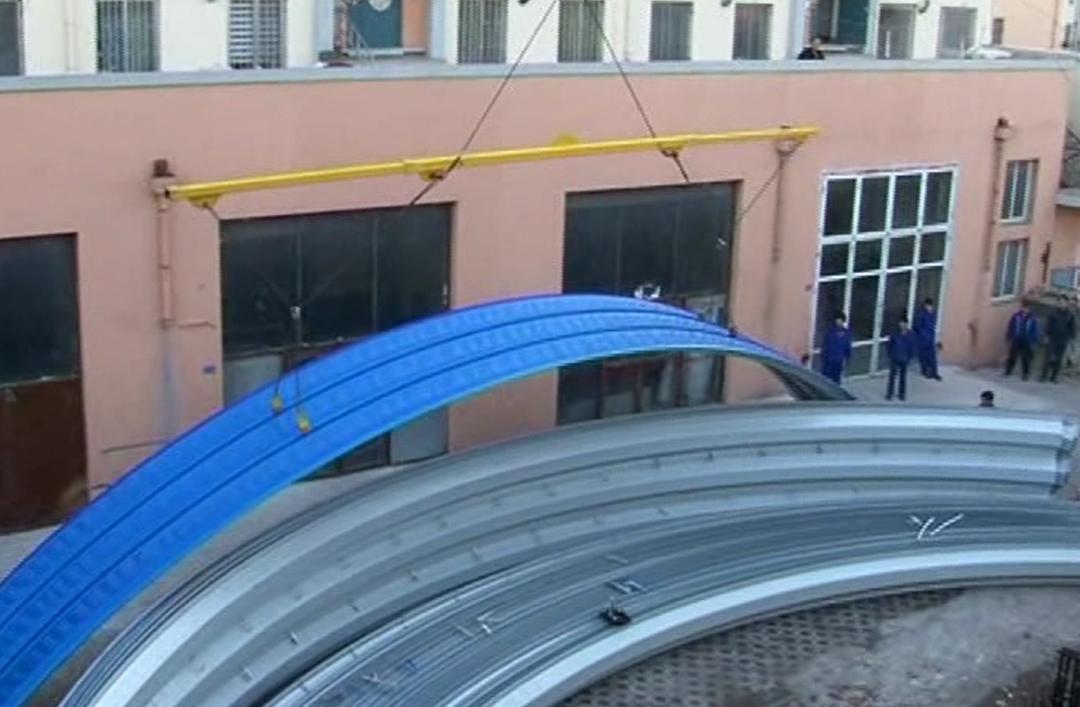
Understanding Stud and Track Forming Machines Innovation in Manufacturing
In today's fast-paced manufacturing landscape, efficiency, precision, and versatility are paramount. Among the myriad of machinery used to achieve these goals, stud and track forming machines stand out as vital tools in various industries, including construction, automotive, and furniture manufacturing. These machines are often underappreciated, yet they embody the spirit of modern manufacturing technologies by automating complex processes that traditionally demanded significant labor.
What Are Stud and Track Forming Machines?
Stud and track forming machines are specialized equipment used to create metal components, particularly in the construction and framing industries. The primary function of these machines is to produce stud and track systems, which are vital for supporting walls, ceilings, and other structural elements in buildings. Studs are vertical frames, while tracks serve as horizontal guides, facilitating the construction of lightweight yet durable interiors.
These machines typically work with metal sheets, often made from steel or aluminum, which are fed into the machine where they undergo several processes—including cutting, bending, and punching—to yield finished products ready for assembly. The process not only enhances uniformity and precision but also significantly reduces the time and labor required to manufacture these components.
The Technological Advantage
The capabilities of stud and track forming machines have evolved remarkably due to advancements in technology. Modern machines are equipped with computer numerically controlled (CNC) systems that allow for high precision in producing components. CNC technology ensures that every piece is manufactured to exact specifications, reducing waste and increasing overall quality.
Additionally, many machines now come with integrated software solutions that enable real-time monitoring and controls. This innovation allows manufacturers to optimize production lines, minimize downtime, and enhance productivity. Companies can adjust settings or troubleshoot problems without halting operations, which is crucial in maintaining a competitive edge in today’s market.
Applications Across Industries

The versatility of stud and track forming machines lends themselves to various applications. In the construction industry, for instance, they facilitate the erection of walls that are not only lightweight but also strong enough to support heavy loads. They are commonly employed in building commercial spaces, residential homes, and even prefabricated models. With the consistently rising demand for rapid construction methods, these machines play an important role in meeting project timelines and budget constraints.
Moreover, the automotive industry utilizes stud and track forming machines to produce components that require stability and adaptability. From the creation of body frames to interior structural parts, these machines contribute to the development of safer and more efficient vehicles.
In the furniture sector, especially in the production of steel and modular furniture, these machines are indispensable. They allow manufacturers to produce intricate designs that are both functional and aesthetically pleasing, enhancing the overall consumer experience while maintaining production efficiency.
Sustainability and Cost Efficiency
The move towards sustainability in manufacturing has also impacted the significance of stud and track forming machines. By optimizing material usage and minimizing waste, manufacturers can create a more environmentally friendly production process. The efficiency of these machines often leads to reduced energy consumption and lower operational costs, making them a financially viable option for businesses looking to enhance their green credentials.
Moreover, because of the automation capabilities, companies can reallocate labor to other areas of production, utilizing skilled workers where they can add the most value. This shift not only increases productivity but also fosters a more engaged workforce, as employees can focus on creative and complex tasks rather than repetitive manual labor.
Conclusion
Stud and track forming machines play a crucial role in modern manufacturing, particularly in construction and related industries. Their ability to produce high-quality components quickly and efficiently makes them an indispensable asset. With ongoing technological advancements, these machines are likely to become even more sophisticated, further enhancing their capabilities and applications.
As industries continue to evolve, the importance of these machines will only grow, reaffirming their place at the forefront of innovation and efficiency in manufacturing. Investing in stud and track forming machines can lead to significant long-term benefits for manufacturers, enabling them to stay competitive while meeting the demands of a fast-paced market.